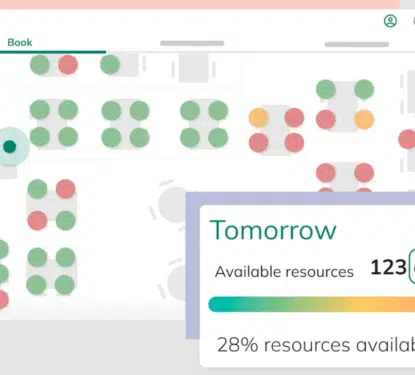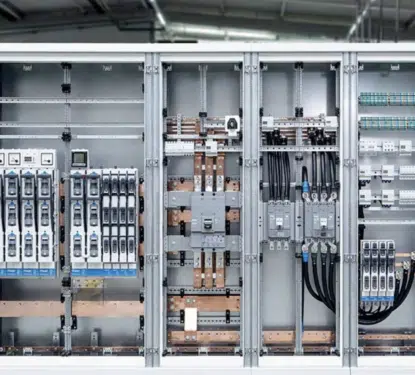“In the long term, battery technology will not be able to meet the demand being created by the expansion of internet of things (IoT) applications,” James Myers, director of devices and circuits at UK chipmaker Arm’s research and development division. The firm estimates that if each of the trillion or so wireless sensor nodes that are projected used a small lithium coin cell, it would require over 100,000 tonnes of lithium — almost three times the current worldwide annual production. Batteries have become a big business in recent years due to the demand from the increasing number of mobile devices, electric vehicles, energy storage installations and the IoT. The sensors, connectivity and edge computing that makes up IoT networks require minimal power output, so there have been significant advancements in low-power battery technology. Longer lifetimes and greater dependability are positive steps but one day those batteries will need to be changed, and if you run […]
Most Popular Articles

Hubstar Acquires Spica Technologies: 4th Strategic Deal Revealed
This Research Note explores the acquisition of UK-based Spica Technologies Ltd (formerly owned by Nordomatic) by Hubstar Group Ltd, announced on 9th October 2025. We examine the Spica Technologies software offering before highlighting Hubstar’s strategy with 4 acquisitions to date and concluding with our view of the transaction. Spica Technologies Profile Spica Technologies is a […]

A SEA of Energy Efficiency Opportunities in 2025!
Southeast Asia stands at a critical juncture in its energy journey. With electricity demand surging by over 60% in the past decade and projected to more than double by 2050, the region presents both a formidable challenge and an extraordinary opportunity for energy efficiency solutions. Our new report is a collaboration with Singapore-based Ampotech and […]

Hager Group’s Energy Management Software Expansion: 15 Years of Acquisitions Analyzed
This Research Note examines Hager Group, the German supplier of electrical distribution products for residential applications, which has extended its business focus to commercial buildings. We comment on its recent inorganic growth strategy in energy management software and services, before analyzing the impact of their acquisitions since 2010. Hager Group Profile Hager Group is a […]
